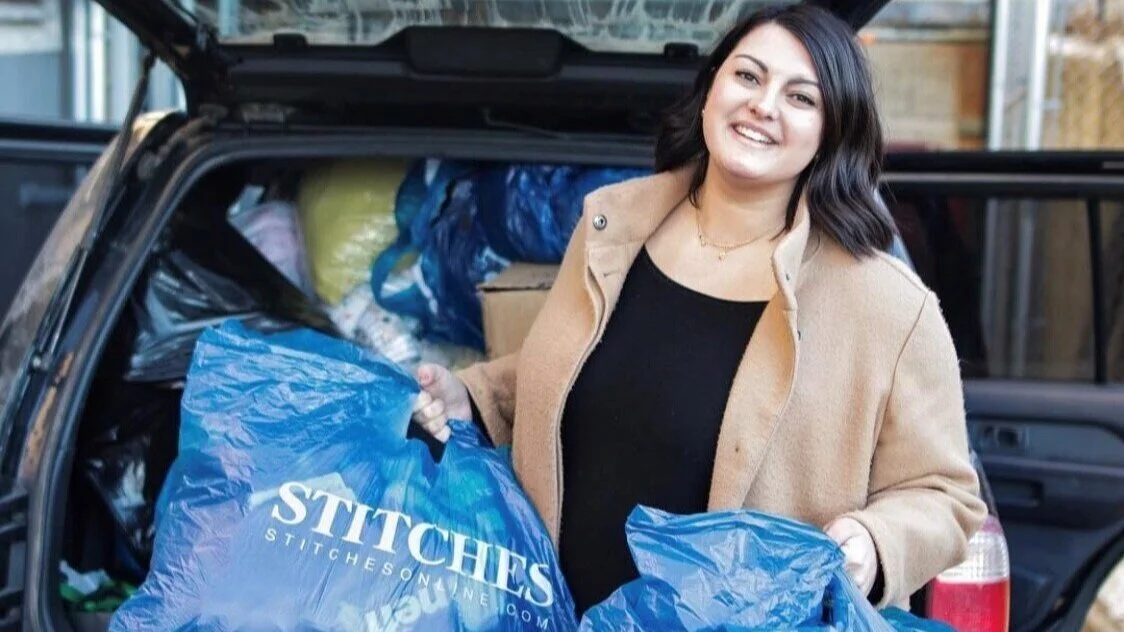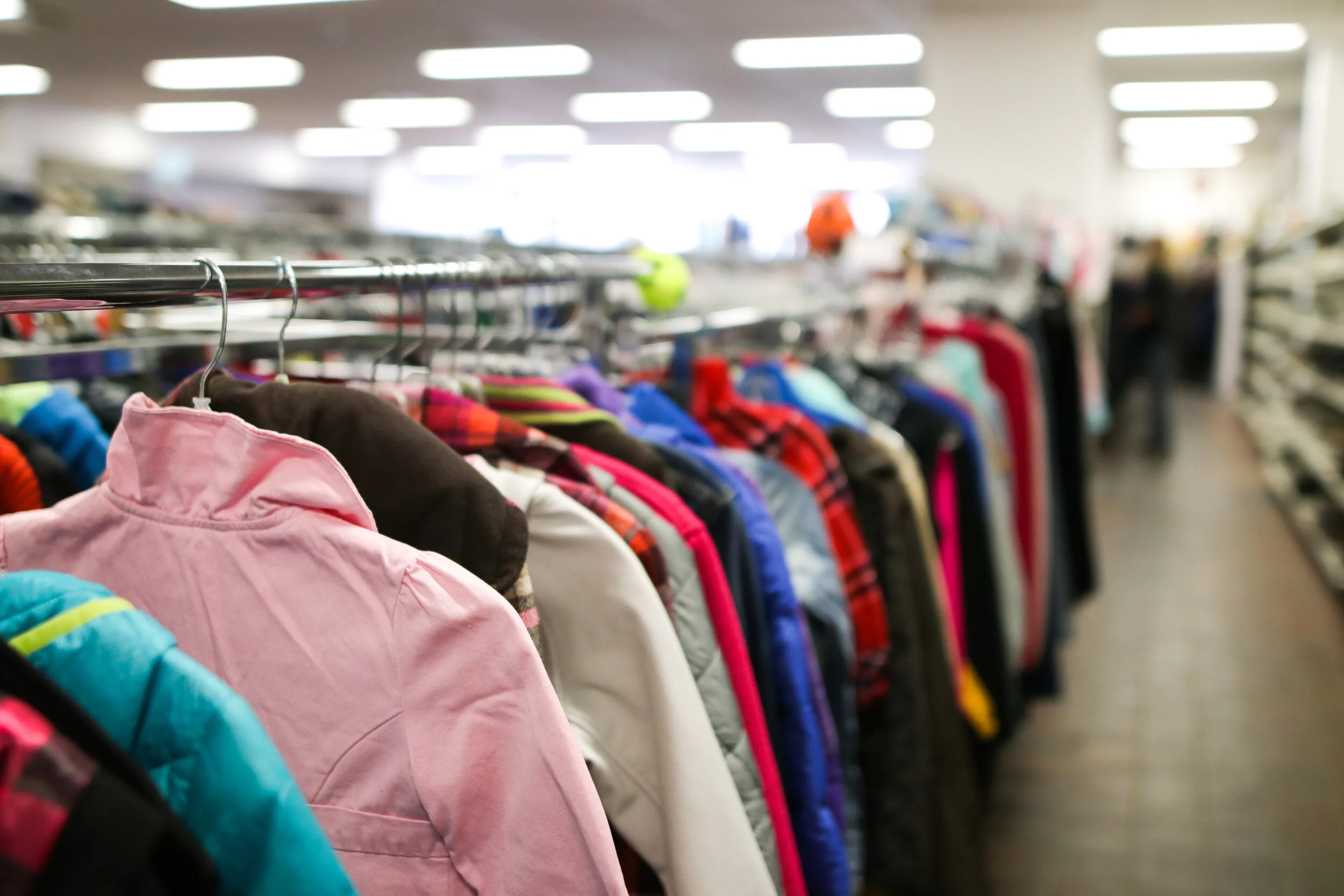Every year, we celebrate National Thrift Shop Day – finding unique ways to showcase all the good that comes with buying pre-loved goods and donating back to thrift shops. But for 2025, we wanted to try something a little bigger that reached right across our city.
How to Have a Thrift Shop Date
Top Six Must-Thrift Gifts for the Holiday Season
Changing our Shopping Mindset with Second Hand September
“Dress for the World you Want.” It’s a powerful message from Oxfam, a charity that’s been around since 1942. Much like Bissell Centre, Oxfam has continually evolved to continue its mission to see an end to poverty. And like Bissell Thrift Shop, it wondered how clothing could help with its mission.
Green Friday: Let’s make the Holidays more Sustainable!
Black Friday, the day meant to mark the start of the holiday shopping season, has taken hold across the globe – and unfortunately, its effects can be seen in shopping malls and landfills alike. It’s disheartening to see that an activity like holiday shopping (or treat yourself shopping, we do not judge) has such a harsh impact on the environment. But what can one do if they still want to scratch that shopping itch?
Guest Blog: Where Donated Goods Go at Bissell Centre
Four Ways to Live a More Sustainable Lifestyle
Five Tips on Springing into Spring Cleaning
We know, spring cleaning can sound seriously overwhelming. How easy is it to just procrastinate sorting your piles of clutter? There’s always that creeping thought: “what if I need to use it later?” Good news! The things you can’t bear to see in a landfill can be given a second life. Better yet, what if we told you that you can de-clutter your home and give back to the community?
4 Ways to Prepare for Coldest Night of the Year
Top 5 Reasons Why You Should Thrift This Year
With the rising cost of living, we’re all looking to make more of an impact in our circles and communities. We can all make a small difference in some way – changing up where you purchase your clothes is a great place to start! Check out these 5 reasons why thrifting might be the right alternative to being conscious and stylish.











